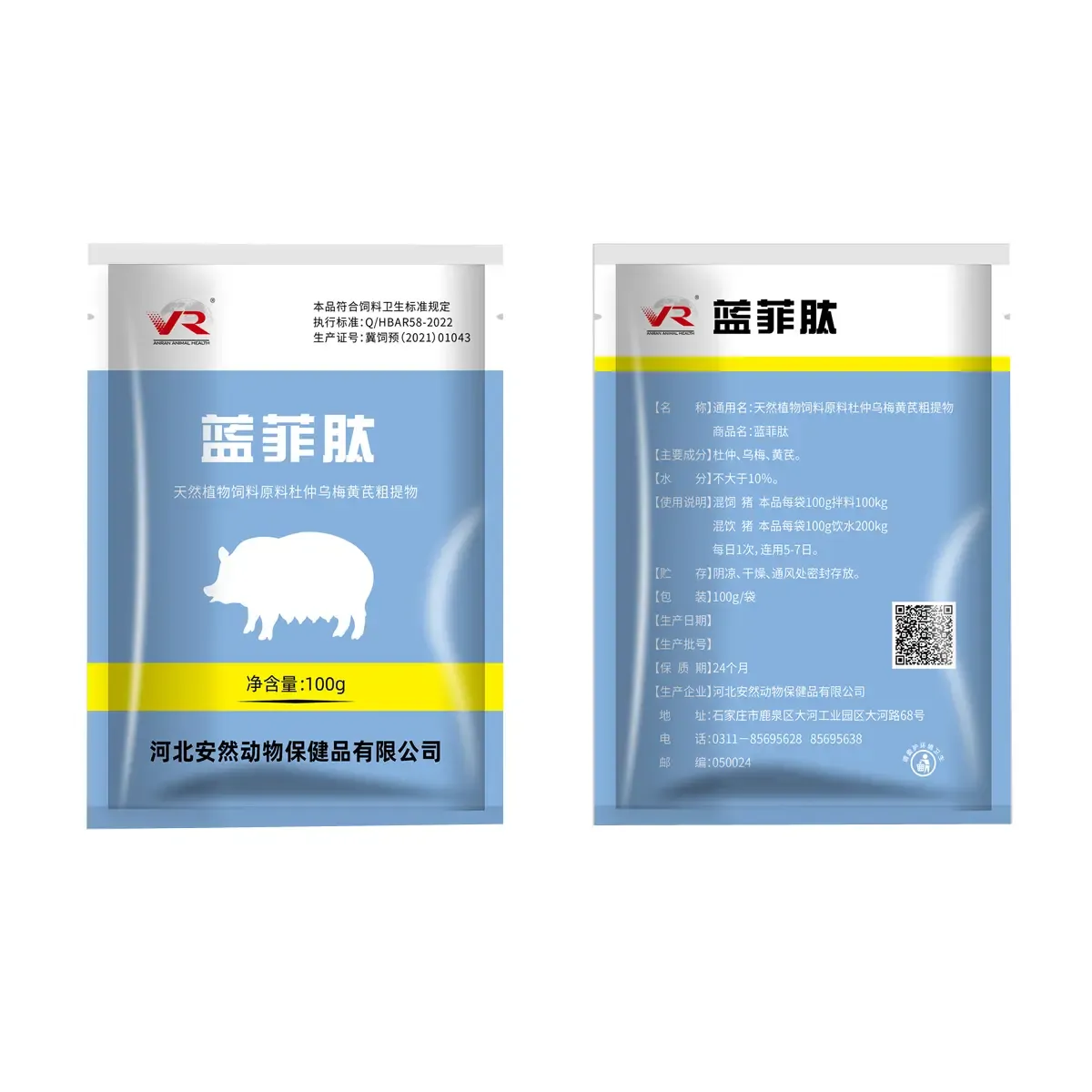- Afrikaans
- Albanian
- Amharic
- Arabic
- Armenian
- Azerbaijani
- Basque
- Belarusian
- Bengali
- Bosnian
- Bulgarian
- Catalan
- Cebuano
- Corsican
- Croatian
- Czech
- Danish
- Dutch
- English
- Esperanto
- Estonian
- Finnish
- French
- Frisian
- Galician
- Georgian
- German
- Greek
- Gujarati
- Haitian Creole
- hausa
- hawaiian
- Hebrew
- Hindi
- Miao
- Hungarian
- Icelandic
- igbo
- Indonesian
- irish
- Italian
- Japanese
- Javanese
- Kannada
- kazakh
- Khmer
- Rwandese
- Korean
- Kurdish
- Kyrgyz
- Lao
- Latin
- Latvian
- Lithuanian
- Luxembourgish
- Macedonian
- Malgashi
- Malay
- Malayalam
- Maltese
- Maori
- Marathi
- Mongolian
- Myanmar
- Nepali
- Norwegian
- Norwegian
- Occitan
- Pashto
- Persian
- Polish
- Portuguese
- Punjabi
- Romanian
- Russian
- Samoan
- Scottish Gaelic
- Serbian
- Sesotho
- Shona
- Sindhi
- Sinhala
- Slovak
- Slovenian
- Somali
- Spanish
- Sundanese
- Swahili
- Swedish
- Tagalog
- Tajik
- Tamil
- Tatar
- Telugu
- Thai
- Turkish
- Turkmen
- Ukrainian
- Urdu
- Uighur
- Uzbek
- Vietnamese
- Welsh
- Bantu
- Yiddish
- Yoruba
- Zulu
Nov . 26, 2024 19:37 Back to list
Effective Veterinary Sanitizers for Optimal Animal Health and Hygiene Practices
Veterinary Sanitizers Ensuring a Safe Environment for Animal Welfare
In the realm of veterinary medicine, ensuring the health and well-being of animals is the paramount concern of professionals. To achieve this, maintaining a clean and sanitized environment is integral, not just for the safety of the animals but also for the health of pet owners and veterinary staff. Veterinary sanitizers have become an essential part of this practice, minimizing the risk of infections and the spread of zoonotic diseases.
One of the primary functions of veterinary sanitizers is to eliminate harmful pathogens in veterinary clinics, animal hospitals, and boarding facilities. These sanitizers are specifically formulated to target a range of microorganisms, including bacteria, viruses, and fungi that can thrive in environments populated by various animals. The use of effective sanitizers can significantly reduce the incidence of contagious diseases, ensuring that animals receive appropriate care without the risk of cross-contamination.
Types of Veterinary Sanitizers
Veterinary sanitizers can be classified into several categories based on their active ingredients and modes of action
. Common types include1. Quaternary Ammonium Compounds (Quats) These are widely used in veterinary settings due to their effectiveness against a broad spectrum of pathogens. Quats are surface-active agents that help in disrupting cell membranes of bacteria, leading to their death. They are often used in spray or wipe forms for disinfecting surfaces.
2. Phenolic Compounds Known for their effectiveness against viruses and bacteria alike, phenolic sanitizers are often utilized in high-risk areas such as surgical suites. They can be slightly toxic, so proper handling and application are necessary.
3. Chlorine Compounds Sodium hypochlorite, commonly known as bleach, is a powerful disinfectant that can eliminate a wide range of pathogens. However, its corrosive nature and potential to irritate respiratory passages necessitate careful use in veterinary practices.
4. Hydrogen Peroxide This compound serves both as a cleaning agent and a disinfectant. It decomposes into water and oxygen, making it an environmentally friendly option, devoid of toxic residue.
veterinary sanitizer

5. Essential Oils Some veterinary sanitizers utilize essential oils, which have antimicrobial properties. These provide a more natural alternative for sanitization but may not be as effective against all pathogen types.
Importance of Complying with Guidelines
It is crucial that veterinary clinics adhere to guidelines and recommendations set forth by health organizations regarding the use of sanitizers. Incorrect usage of sanitizers can lead to the development of resistant strains of bacteria or ineffective pathogen elimination. Therefore, regular training and education on proper sanitation protocols are emphasized within veterinary staff.
Moreover, facilities must undergo routine cleaning and sanitization beyond using disinfectants. This includes thorough cleaning of surfaces, instruments, and equipment, ensuring that no organic matter interferes with the efficacy of the sanitizers.
Protecting Animal Health
Veterinary sanitizers play a crucial role in protecting animal health. Hospitals and clinics often treat immunocompromised animals or those with pre-existing health conditions, making sanitation even more critical. Maintaining a clean environment helps in reducing the stress on animals, allowing them to recuperate effectively.
Furthermore, the assurance of hygiene extends beyond the veterinary facility to pet owners as well. Many zoonotic diseases can be transmitted from animals to humans, and a sanitized environment diminishes this risk significantly. This factor is particularly important in fostering trust and relationships between pet owners and veterinary clinics.
Conclusion
In conclusion, veterinary sanitizers are vital tools in promoting a safe and healthy environment for both animals and humans. Their proper use is integral to preventing disease outbreaks and ensuring effective treatment and care in veterinary settings. As animal health care continues to evolve, so too will the strategies and products used to maintain high standards of cleanliness. Investing in effective veterinary sanitizers is not just a requirement; it is an ethical commitment to the well-being of our beloved animal companions.
-
Guide to Oxytetracycline Injection
NewsMar.27,2025
-
Guide to Colistin Sulphate
NewsMar.27,2025
-
Gentamicin Sulfate: Uses, Price, And Key Information
NewsMar.27,2025
-
Enrofloxacin Injection: Uses, Price, And Supplier Information
NewsMar.27,2025
-
Dexamethasone Sodium Phosphate Injection: Uses, Price, And Key Information
NewsMar.27,2025
-
Albendazole Tablet: Uses, Dosage, Cost, And Key Information
NewsMar.27,2025













